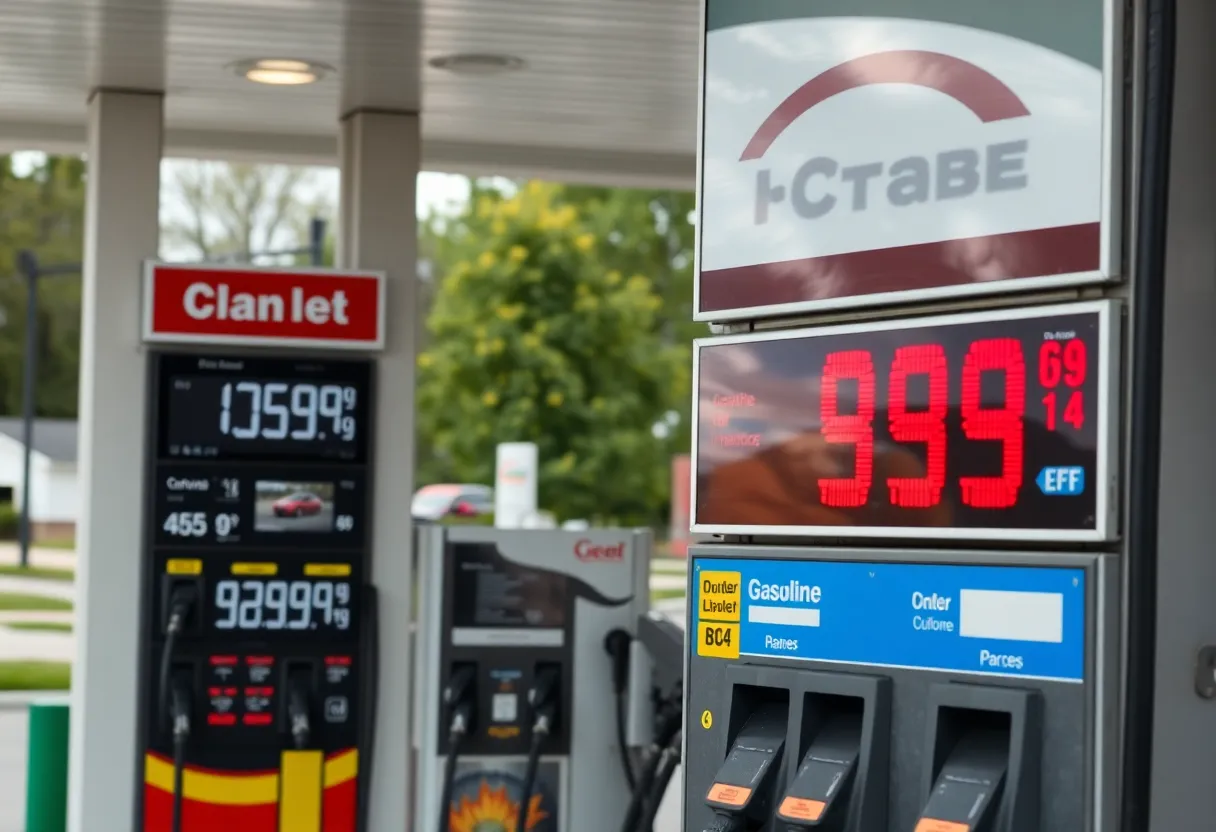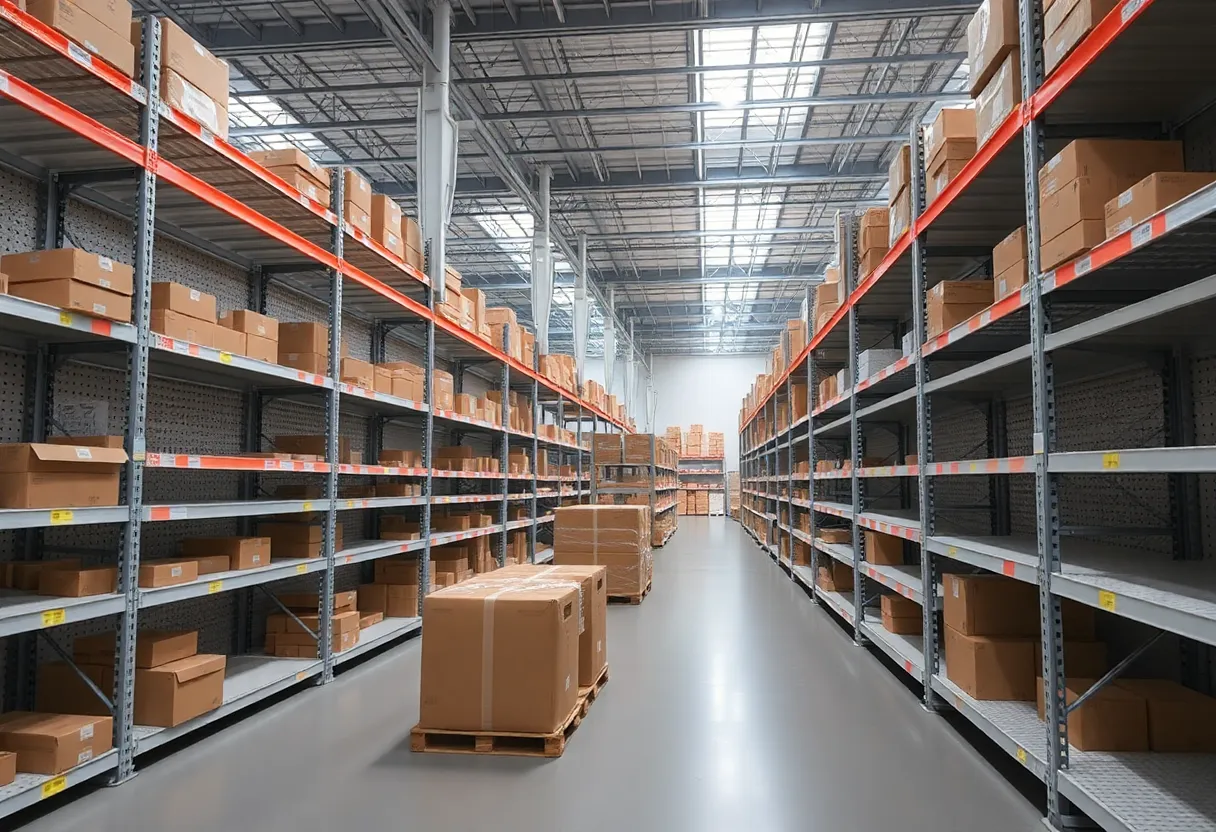News Summary
Pennsylvania’s average gasoline prices hold steady at $3.33 per gallon, showing a decrease from last month and last year. While the national average has seen an increase, prices in neighboring areas fluctuate, with factors like refinery maintenance impacting gasoline inventories. Analysts expect OPEC+’s production plans to influence future prices. GasBuddy’s comprehensive survey tracks these changes closely, allowing consumers to navigate their fuel costs effectively.
Pennsylvania
Average gasoline prices in Pennsylvania have remained steady over the past week, currently sitting at $3.33 per gallon, according to a comprehensive survey conducted by GasBuddy. This price reflects a decrease of 7.3 cents per gallon compared to a month ago, and a significant drop of 46.1 cents when compared to the same period last year.
Despite these fluctuations, it is notable that the national average gasoline price has seen a slight increase of 2.0 cents over the last week, now averaging $3.12 per gallon. In contrast, the national average is down 12.0 cents from a month ago and 49.6 cents lower than a year ago. The price of diesel fuel on a national scale has also experienced a minor increase, currently at $3.501 per gallon.
In Pennsylvania, the prices for gasoline show a wide range across different gas stations. The cheapest gas station in the state is offering gasoline at $2.75 per gallon, while the most expensive station is charging $3.95 per gallon, resulting in a considerable price difference of $1.20 per gallon.
Current Trends in Neighboring Areas
Looking at neighboring areas, Harrisburg has an average gasoline price of $3.30 per gallon, showing a decrease of 3.8 cents from the previous week. In Hagerstown, the price has increased by 4.5 cents, now standing at $3.23 per gallon. York remains unchanged from last week with prices at $3.35 per gallon.
Factors Influencing Gas Prices
According to analysts, the fluctuation in gas prices across the United States can be attributed to various factors. Ongoing maintenance at refineries has tightened gasoline inventories, which has limited the potential for price drops in Pennsylvania and beyond, despite lower oil prices. Additionally, OPEC+ has announced plans to increase oil production starting in June, which could positively affect future gasoline prices.
Historical Price Data
Historical data reveals a trend of gradually increasing gasoline prices over the last decade, with notable spikes occurring in 2022. This trend has prompted consumers and analysts alike to keep a close watch on the evolving gas price landscape.
GasBuddy conducts its survey by updating information 288 times daily from about 150,000 gas stations. This methodology positions it as one of the most comprehensive sources for tracking gas prices across the United States, providing insight into ongoing changes that consumers may experience at the pump.
Conclusion
As of now, Pennsylvania’s gasoline prices maintain a steady rate, much to the relief of consumers. With historical context and various influencing factors outlined, residents can better navigate their budgeting and planning around fuel costs. Keeping an eye on potential shifts in production levels and refinery operations will be critical as the summer months approach and consumption patterns change.
Deeper Dive: News & Info About This Topic
- WKOK: Gas Prices Hold Steady in Pennsylvania
- Wikipedia: Gasoline
- Delco Times: Status Quo on Gas Prices Continues in Philadelphia Market
- Google Search: Gas Prices in Pennsylvania
- Explore Jefferson: AAA Gas Prices Fall in Western Pennsylvania
- Google Scholar: Gas Prices Pennsylvania
- Stacker: How Gas Prices Have Changed in Pennsylvania Last Week
- Encyclopedia Britannica: Gas Prices
- WTAE: Pennsylvania Gas Prices Rising
- Google News: Pennsylvania Gas Prices

Author: STAFF HERE PHILADELPHIA WRITER
The PHILADELPHIA STAFF WRITER represents the experienced team at HEREPhiladelphia.com, your go-to source for actionable local news and information in Philadelphia, Philadelphia County, and beyond. Specializing in "news you can use," we cover essential topics like product reviews for personal and business needs, local business directories, politics, real estate trends, neighborhood insights, and state news affecting the area—with deep expertise drawn from years of dedicated reporting and strong community input, including local press releases and business updates. We deliver top reporting on high-value events such as Mummers Parade, Philadelphia Flower Show, and Thanksgiving Day Parade. Our coverage extends to key organizations like the Greater Philadelphia Chamber of Commerce and United Way of Greater Philadelphia, plus leading businesses in telecommunications, food services, and healthcare that power the local economy such as Comcast, Aramark, and Children's Hospital of Philadelphia. As part of the broader HERE network, we provide comprehensive, credible insights into Pennsylvania's dynamic landscape.





